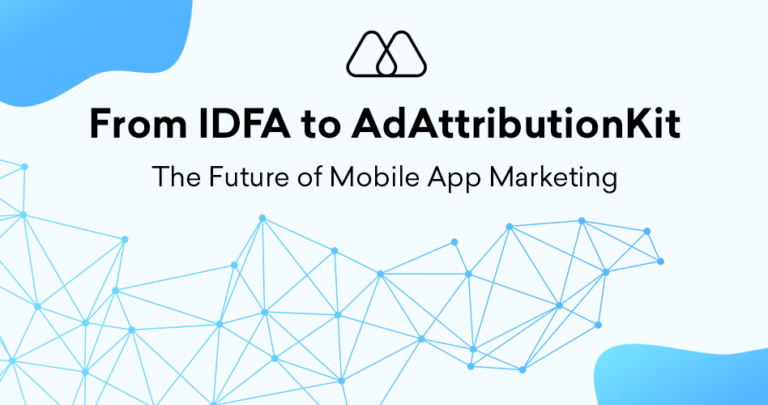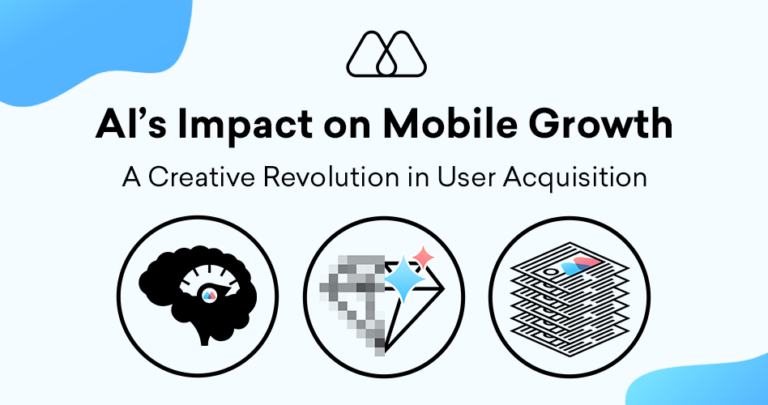In the competitive world of mobile app advertising, success is measured by the ability to convert user interest into desired actions. Conversion rate, a cornerstone metric, sits at the heart of this equation. This article delves into the concept of conversion rate optimization in mobile advertising, exploring its definition, significance, factors influencing it, and advanced strategies for optimization specifically tailored to the mobile app landscape.
What is Conversion Rate Optimization (CRO) in Mobile Advertising?
In mobile app advertising, conversion rate refers to the percentage of users who view your ad and ultimately take a specific desired action. This action could be downloading your app, making an in-app purchase, signing up for a free trial, or completing a specific in-app activity. The conversion goal depends on your advertising campaign’s objectives.
Why is Conversion Rate Optimization (CRO) Important in Mobile Advertising?
Conversion rate stands as the ultimate metric for gauging the effectiveness of your mobile advertising efforts. A high conversion rate indicates your campaigns are capturing user attention successfully, driving them through the installation funnel, and ultimately achieving your desired outcome. Here’s why conversion rate holds such importance:
- Measures Campaign ROI: Conversion rate optimization directly impacts your return on investment (ROI) for mobile advertising campaigns. A higher conversion rate translates to more users taking the desired action, leading to a more efficient use of your advertising budget.
- Identifies Optimization Opportunities: Analyzing conversion rates across various ad creatives, targeting strategies, and placements allows you to pinpoint areas for improvement. This data empowers you to optimize your campaigns and maximize the number of users who convert.
- Informs User Acquisition Strategy: Understanding factors influencing conversion rate allows you to refine your User Acquisition strategy. Targeting the right audience and delivering compelling ad experiences, can increase the likelihood of users converting.
- Benchmarks Performance: Conversion rate benchmarks within your specific app category or advertising channel can provide a valuable reference point. Comparing your conversion rates to these benchmarks allows you to assess your campaign’s relative performance and identify areas where you might be trailing behind competitors.
- A/B Testing Foundation: Conversion rate is a critical metric for A/B testing different elements of your mobile advertising campaigns. Testing variations in ad creatives, targeting strategies, and landing page experiences, can identify the combinations that yield the highest conversion rates.
Factors Influencing Conversion Rate Optimization (CRO) in Mobile App Advertising
Several factors can influence the conversion rate optimization of your mobile advertising campaigns:
- Ad Creative Relevance: Visually appealing ads that accurately convey “the value proposition of your app” and resonate with the target audience are more likely to drive conversions.
- Targeting Precision: Targeting your ads to the right audience demographics, interests, and device types is essential for maximizing conversion rates. The more precisely you reach users genuinely interested in your app, the higher the conversion rate might be.
- App Store Optimization (ASO): A well-optimized app store listing with positive reviews, clear screenshots, and a compelling description can significantly improve the transition from ad click to app download, positively impacting conversion rates.
- User Experience (UX): The user experience within your app heavily influences conversion rates. A smooth and “intuitive” app experience free of bugs and frustrations encourages users to engage and finally convert.
- Bidding Strategies: In auction-based advertising models, your bidding strategy can indirectly influence conversion rates. Setting competitive bids can ensure your ads are displayed prominently to relevant users, potentially increasing the likelihood of conversion.
Advanced Strategies for Conversion Rate Optimization in Mobile App Advertising
Beyond the foundational elements, here are some advanced strategies specifically tailored for the mobile advertising landscape to optimize your conversion rates:
- Deep Linking: Utilize deep linking to direct users to specific content or functionalities within your app upon clicking the ad. This removes friction points and streamlines the user journey, potentially increasing conversion rates.
- Retargeting Campaigns: Leverage retargeting campaigns to re-engage users who have previously interacted with your ad but haven’t converted. This allows you to showcase additional value propositions and incentivize them to act.
- Incentivized Installs: Strategically utilize incentivized installs (e.g., bonus points, in-app rewards) to entice a wider audience to download your app. However, ensure the incentivized users align with your target audience to avoid churn.
- Video Ads and Playable Ads: Incorporate video and playable ads into your campaign mix. These formats can provide a more engaging user experience versus static banners, potentially leading to higher conversion rates. However, ensure the video content is high-quality and accurately reflects the app’s functionality to avoid misleading users.
- Leverage In-App Analytics: Utilize in-app analytics, like Firebase Analytics or Mixpanel to track user behavior within your app and identify potential drop-off points in the conversion funnel. Understanding where users abandon the process can implement targeted optimizations to improve conversion rates.
- A/B Test Landing Page Elements: Don’t stop at A/B testing ad creatives. Extend the process to your landing page elements, such as screenshots, CTAs, and app descriptions. Identify the variations that resonate best with your target audience and lead to higher conversion rates on the post-click landing page.
- Personalization Strategies: Explore the potential of personalization strategies in your mobile advertising campaigns. Tailor ad creatives and landing page elements to user demographics, interests, and past app interactions. This personalized approach can enhance user engagement and potentially boost conversion rates.
- Omnichannel Marketing: Integrate your mobile advertising efforts with other marketing channels (e.g., social media, email marketing). A cohesive omnichannel strategy reinforces your brand message across different touchpoints, potentially leading to a more seamless user journey and eventually, higher conversion rates.
5 Key Takeaways from Conversion Rate Optimization (CRO)
- ROI Measurement: Conversion rate directly impacts your return on investment in mobile advertising campaigns.
- Optimization Opportunities: Analyze conversion rates to pinpoint areas for improvement and campaign optimization.
- User Acquisition Strategy: Understanding conversion drivers allows you to refine your user acquisition strategy for better results.
- Performance Benchmarking: Compare your conversion rates to industry benchmarks, like Appsflyer or Statista, to assess your campaign’s relative performance.
- Advanced Optimization Strategies: Advanced tactics like deep linking, retargeting, and in-app analytics will further optimize conversions.
Conversion rate optimization reigns supreme as the ultimate metric for success in mobile app advertising. By understanding its significance, the factors influencing it, and implementing advanced optimization strategies, you can maximize the number of users who convert and achieve your mobile advertising goals. Remember, a high conversion rate signifies that your campaign is gaining user attention effectively, guiding them through the user journey, and ultimately delivering the desired outcome. With continuous monitoring, optimization, and a data-driven approach, you can transform your mobile advertising efforts into a powerful engine for user acquisition and app growth.




